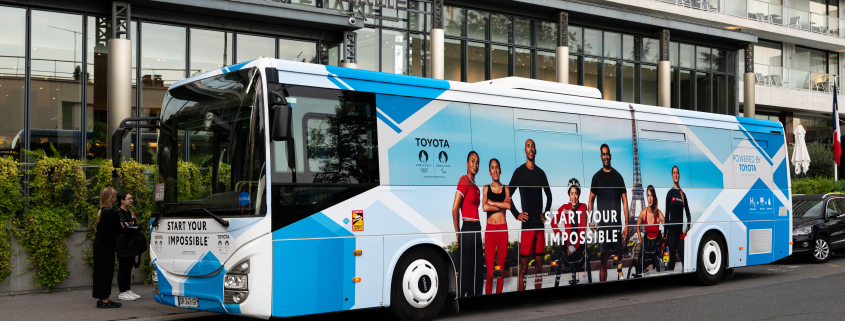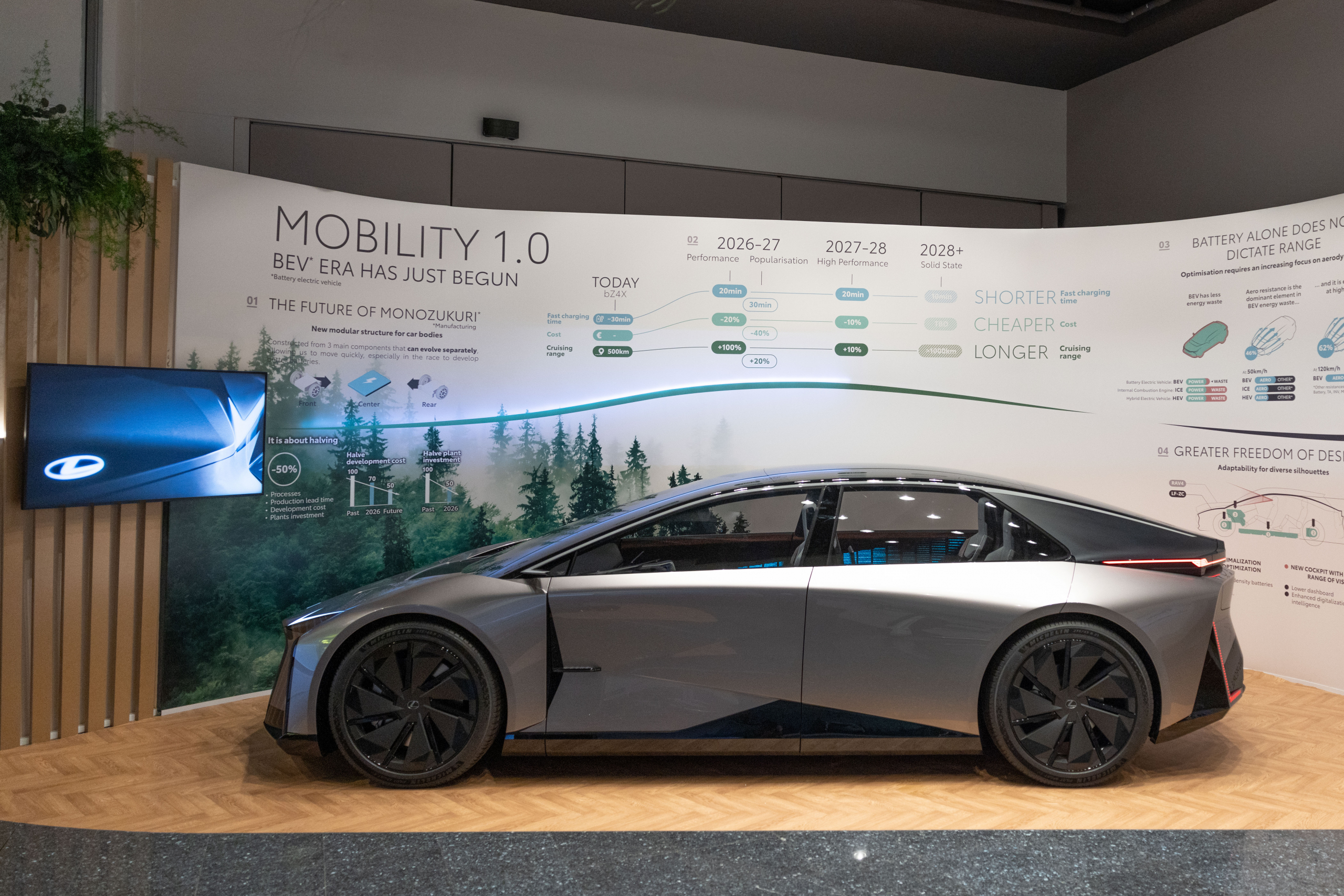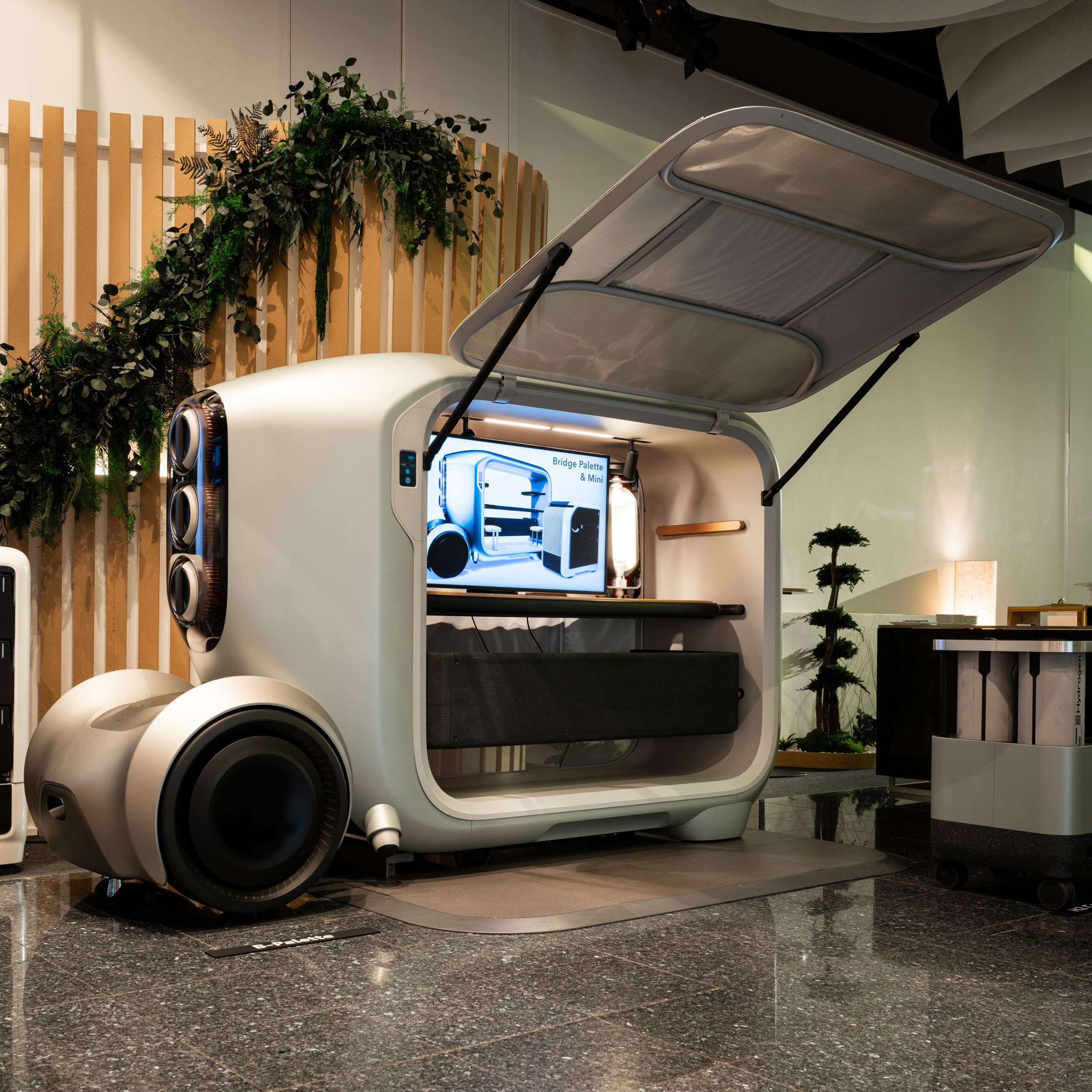The Future of Sustainable Mobility: A Journey Through Toyota’s 6 Part Vision
Two Days in Paris – Heck of a lot to talk about
So it’s best we break it down Toyotas 6 Part Vision Bit By Bit!
Toyotas Focus on Mobility for all with a selection of Athletes on a Hydrogen Powered Coach!
1. Mobility for All: Toyota’s Commitment to Inclusive Transportation
Toyota’s “Mobility For All” vision isn’t just about building cars—it’s about creating freedom of movement for everyone, no matter their physical abilities. During a recent media event, Toyota laid out its vision for the future, emphasizing how mobility solutions should be designed to cater to all people. From advanced driver-assistance technologies to vehicles that cater to those with mobility impairments, Toyota’s approach prioritizes accessibility, sustainability, and innovation.
2. How Can We Really Get to Net Zero CO2 Emissions?
Achieving net-zero emissions is a monumental task, and Toyota is tackling this through a multipath approach. At the 2024 Paris Olympic Games, Toyota’s Chief Scientist, Gill Pratt, discussed the company’s strategy to reduce CO2 emissions by scaling up technologies like Plug-in Hybrid Electric Vehicles (PHEVs), Battery Electric Vehicles (BEVs), and Hydrogen Fuel Cell Vehicles (FCEVs). Toyota isn’t betting on one solution; instead, they are spreading their efforts across different technologies to cater to diverse global needs and conditions.
3. Hydrogen is Working Here, Now: Toyota’s Hydrogen Innovations
Hydrogen is no longer a futuristic concept—it’s happening right now, and Toyota is at the forefront. With vehicles like the Toyota Mirai and the hydrogen-powered Hilux, Toyota is proving that hydrogen-powered Fuel Cell Electric Vehicles (FCEVs) can be practical and efficient. At a media event, Toyota showcased its extensive range of hydrogen solutions, including fuel cell trucks, buses, and even innovative hydrogen cartridges that can power various devices. These technologies are already making a real-world impact on reducing emissions.
4. Hydrogen Supply is On the Rise: Air Liquide’s Role
Toyota’s hydrogen success story wouldn’t be complete without partners like Air Liquide. Air Liquide, with over 60 years of experience in hydrogen production, plays a vital role in scaling up hydrogen infrastructure. With a plan to establish hundreds of hydrogen refueling stations (HRS) worldwide, the goal is to make hydrogen a viable fuel option for everything from heavy-duty trucks to passenger vehicles. Air Liquide is also working on lowering the costs of hydrogen production through innovations in electrolysis and large-scale hydrogen delivery systems.
5. Racing Towards Innovation: Dreux and the Development of Hydrogen Vehicles
Motorsport is not just about speed—it’s a “high-speed driving laboratory” for Toyota. At the Dreux circuit, Toyota uses racing to push the limits of hydrogen-powered vehicles, allowing engineers to fine-tune technology for future passenger cars. Racing serves as a testing ground to solve challenges in hydrogen powertrains, offering real-world data on how these vehicles perform under extreme conditions. This constant innovation is helping to improve the everyday driving experience.
6. Toyota’s Approach to AI: A Future with Smarter Cars
Artificial Intelligence (AI) is not just about creating smarter machines; it’s about enhancing human capabilities. Toyota’s philosophy of “Jidoka,” or human-centered automation, drives its approach to AI. Rather than replacing human drivers, Toyota aims to build AI systems that assist them, particularly in challenging driving scenarios. From handling icy patches to avoiding sudden obstacles, Toyota’s AI technology is designed to react like an expert driver, providing safety and control when it’s needed the most.
Where to Find Toyota’s Hydrogen-Powered Mirai
Explore Toyota’s groundbreaking 6 Part vision on episode 59 of the podcast via this link!







Leave a Reply
Want to join the discussion?Feel free to contribute!